What is the relationship between Japanese hanafari and Portugal?
When you travel to Japan, watch Japanese dramas and animations, or play Japanese video games, you may see a colorful card game with only flower and bird patterns and almost no text. This is Hanafuta (はなふだ, Hanafuta), a traditional Japanese card game.

"Hmm, the Japanese are amazing, they can come up with such beautiful cards."
This statement is only partially true.
Because, the prototype of the Japanese flower card is actually the Portuguese card.
What is the Portuguese card?
Portuguese playing card, which can be understood as "Portuguese Poker". The 52 poker cards that everyone is familiar with now should be collectively referred to as playing cards, derived from French cards. Other countries in Europe, such as Germany, Italy, Spain, Switzerland, etc., have their own unique game cards, with various styles, mostly 40, 48 or 52 cards, and most of the suits are different from the French cards. Take 40 Spanish cards as an example. Their four suits are sword, cup, coin and club. The number cards are from 1 to 7, and the human cards are servants, cavalry and king. , representing numbers 10-12, respectively.

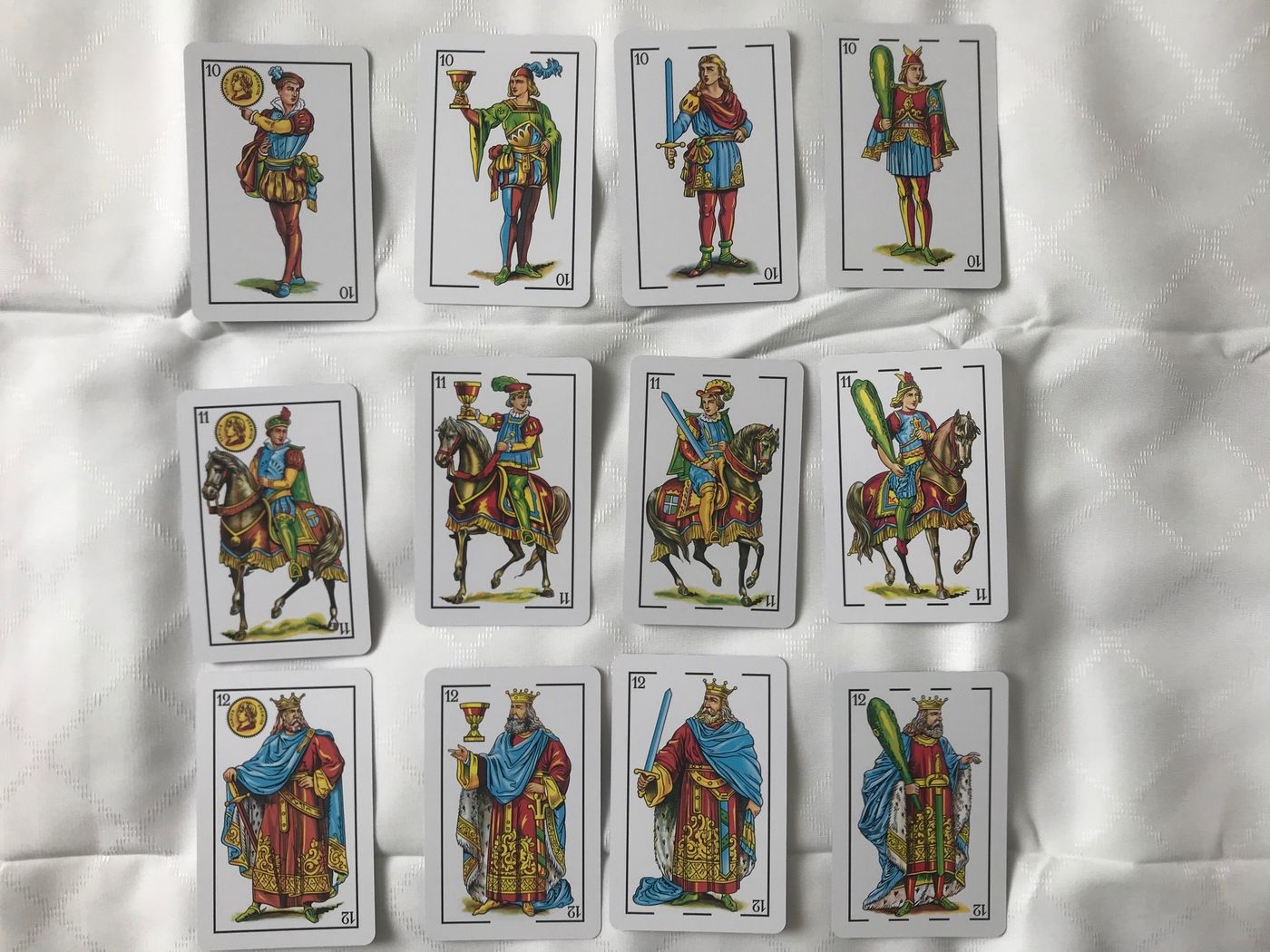
The early Portuguese cards are exactly the same as the Spanish cards. Because the Ace card has a dragon painted on it, it is also called the Dragon card. According to the remnants of the dragon cards found in Antwerp, it is estimated to have appeared between 1559 and 1574. There are sword cards with the number 9 in them, so it is believed to be a 48- or 52-card playing card. There were many Portuguese doing business in Antwerp at that time, and it was not surprising that the Portuguese brand was introduced.
Reference for pictures of dragon pieces: https://www.wopc.co.uk/portugal/dutch-portuguese
In the fifteenth century, Portugal became a maritime power and continued to export culture to the world through maritime trade. In this case, in the sixteenth century, Portuguese merchants set foot in Japan to do business, giving the Japanese access to the first Portuguese cards.
Japanese: Let's fall into the abyss of gambling together!
After the Portuguese card was introduced to Japan, the Japanese fell in love with it, and then collectively called the card game Karuta (かるたkaruta, transliterated from Portuguese Carta, meaning playing cards). Later, he began to produce more songs locally, and added local elements to become a card with Japanese characteristics, called "Tenzhengza".
Tenzhengzha is widely circulated in Japan, and various variants have been derived in different places, called "Local Zha", with completely different card designs, such as Komatsu Zha and Black Zha.
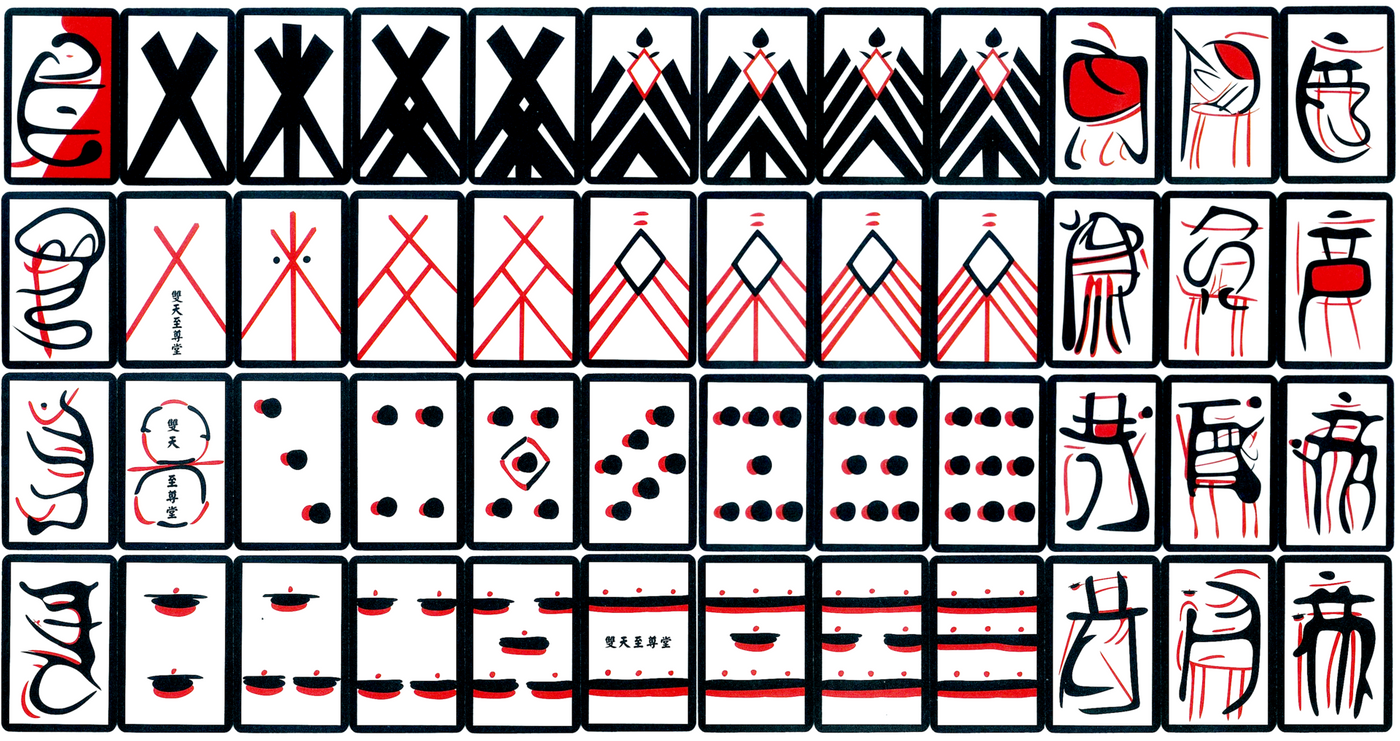
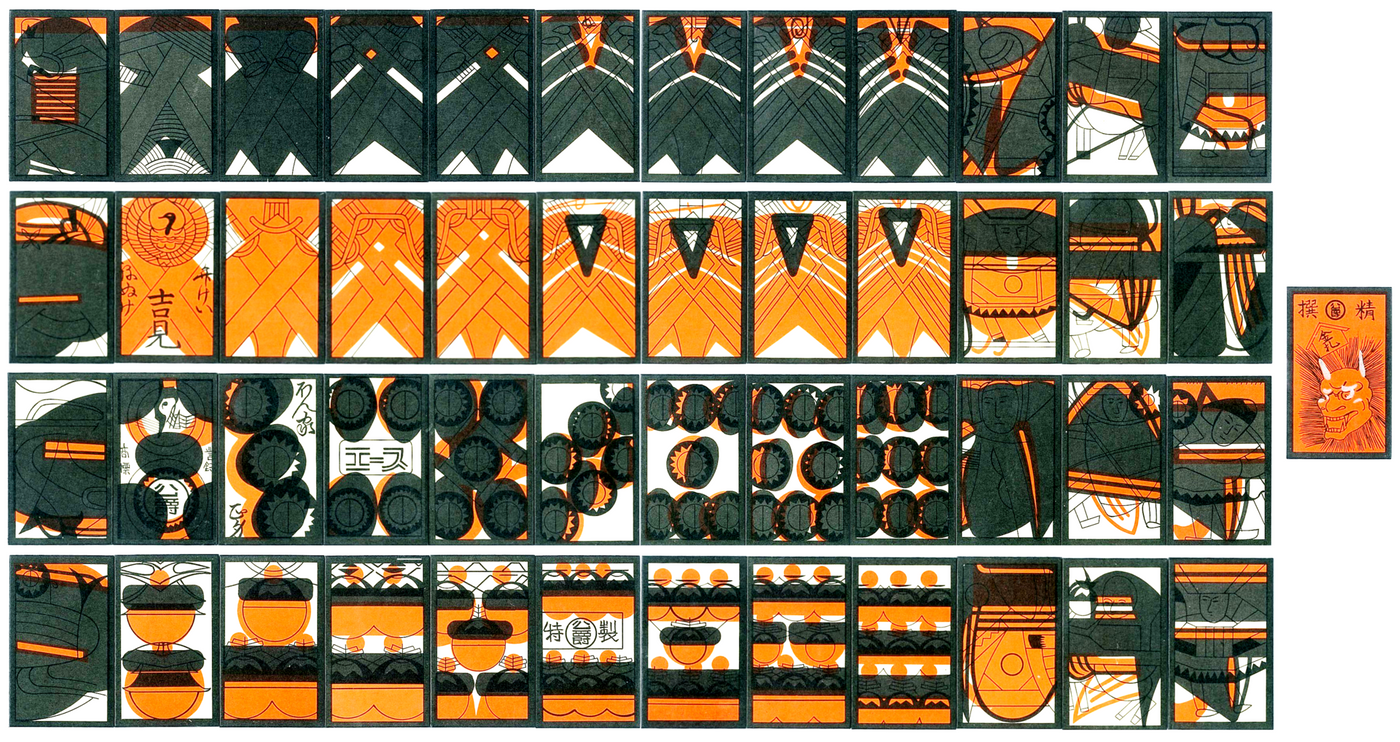
While some variants have completely changed the number of cards and suits, the most widely circulated and still played today is a variant called "Zhu Zha". The number of cards becomes 40, there are number cards 1-9, one human card, only one suit is left, but it is changed to four cards of one color (some strains have a blank card attached, so there are 41 cards).
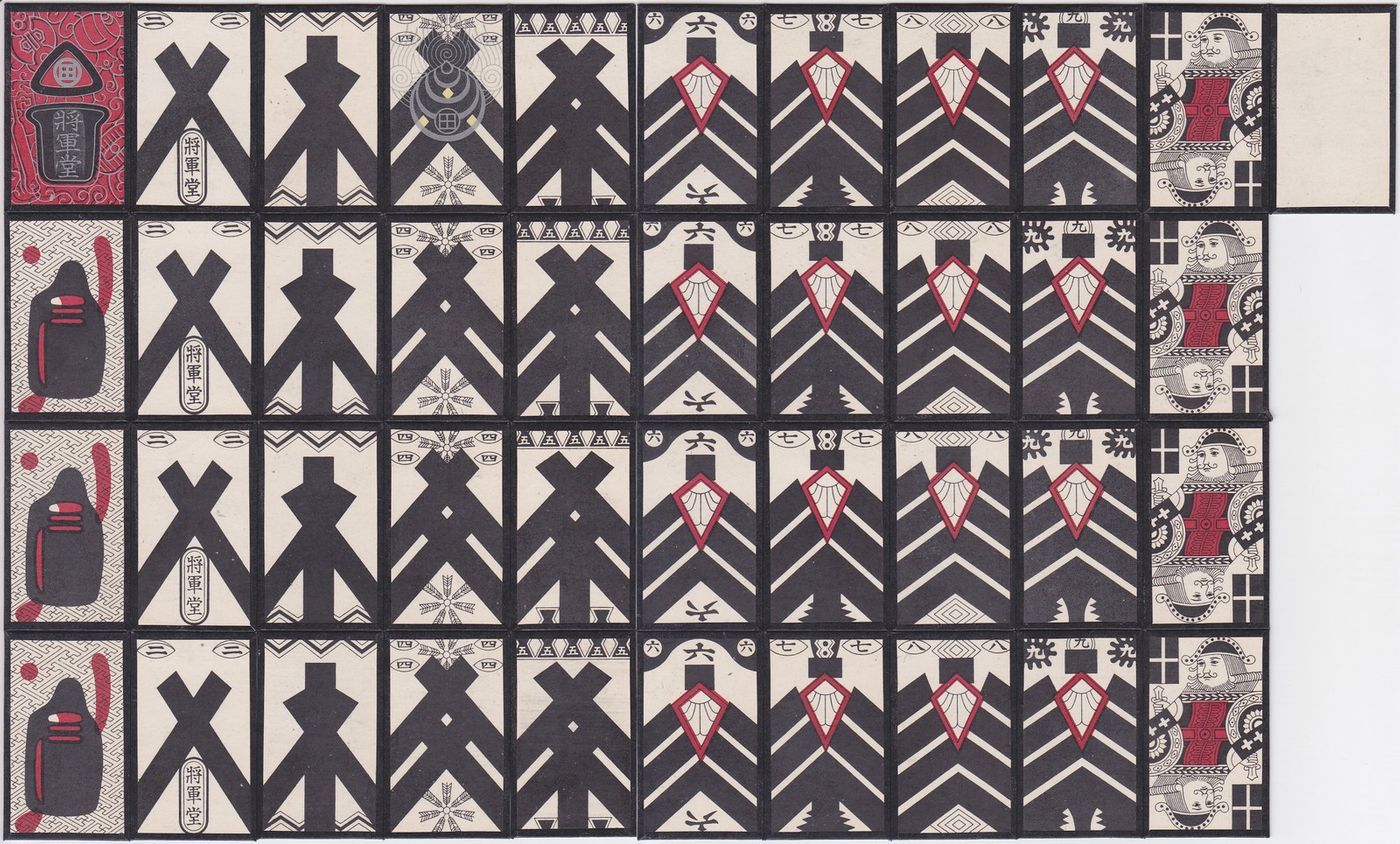
However, as the saying goes, the sky is constant, the sun and the moon alternate, and when one thing is too popular, it will enter a period of decline. The most popular method of Tianzhengzha at that time was gambling.
Indulging in gambling is like pouring money into the sea. People who become addicted to gambling can lose their lives at any time, and a government that does not receive gambling taxes will not benefit from watching a lot of gambling money flow out of the sea. Therefore, when the whole of Japan fell into the abyss of gambling, the Edo shogunate finally decided to implement a ban, completely prohibiting the private play of Tensho and related card games.
Activate the Countermeasure Card: Flowers!
However, when a group of people love something, the more you forbid it, the more they want to do it. The government banned Tianzhengzha, so why not play completely different cards?
What are the characteristics of Tianzhengzha?
There are four suits, and each suit has 1-9 number cards and 3 human cards.
"Then remove all the numbers and suits of the cards. Just like Zuza, you can play with only one suit."
"But without the numbers, how do you recognize the cards?"
"Isn't there 12 number cards and human cards combined? It's better to have 12 months."
"But you can't write the month number on the card..."
"There is a flower that blooms every month. If you draw that kind of flower, won't you recognize it?"
"Okay! Add some animals, scenery, etc., and the cards will become beautiful!"
(The above is the design dialogue)
As a result, there was no text, only the flower and bird pattern of the flower letter was born. Huazha can play the game of Tianzhengzha, and there are also ways to play exclusive to Huazhe.
With the passage of time, hanara developed in various parts of Japan, and different variants of "local sash" appeared. The most popular flower pattern at the moment is actually the "Eight Eight Flowers" which originated in Yokohama. Local letters in other regions, such as the "Echigo Flower" in Niigata, the "Golden Flower" in Shikoku, and the "Insect Flower" in Kyoto, are all different from the Eight Flowers.

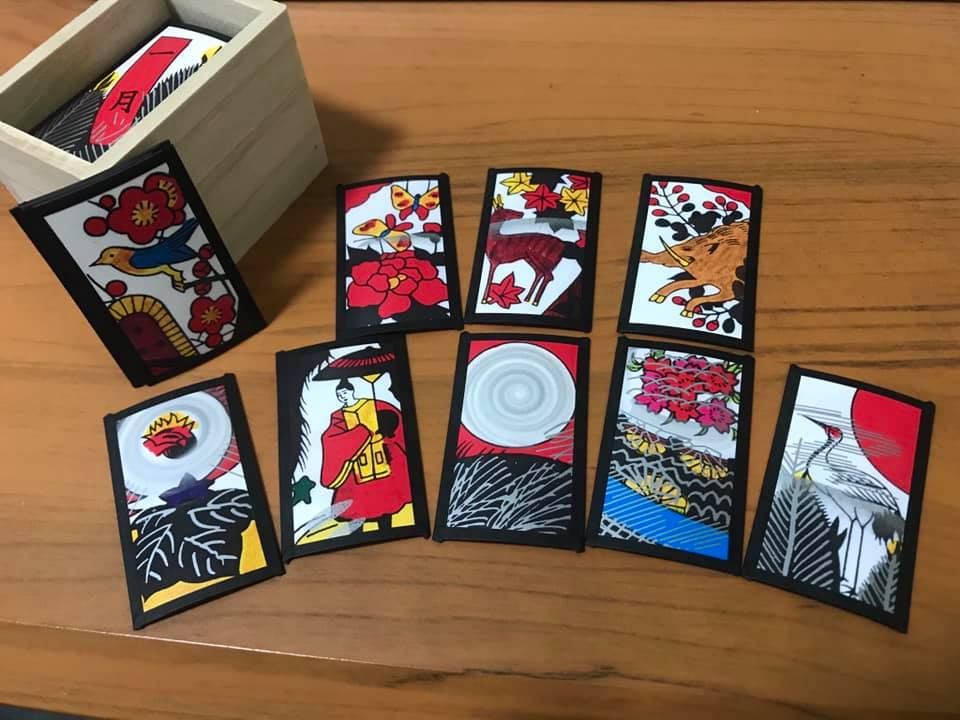
Epilogue
Although there are still people who gamble with huaza, compared to gambling equipment, huaza tends to be regarded as a traditional folk game, and is even loved by children. In addition to Tensho and Hanaza, Japanese people have always loved card games. For example, in the Edo period, there was a card game called "Song Pai" (or "Hundred People One Piece"), which was a court game at that time, but now it has become a competitive game. project, but that's another story.
Like my work? Don't forget to support and clap, let me know that you are with me on the road of creation. Keep this enthusiasm together!

- Author
- More